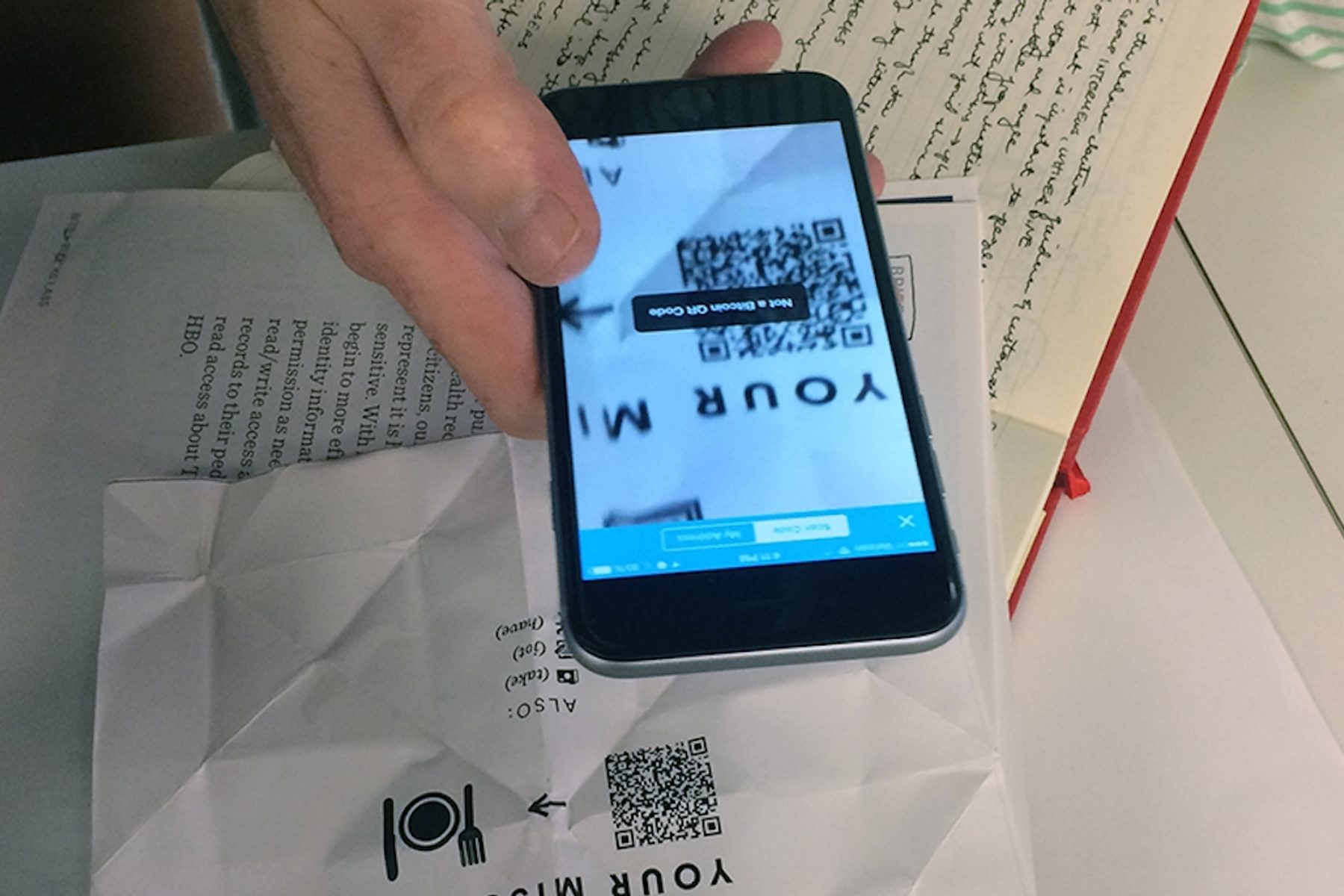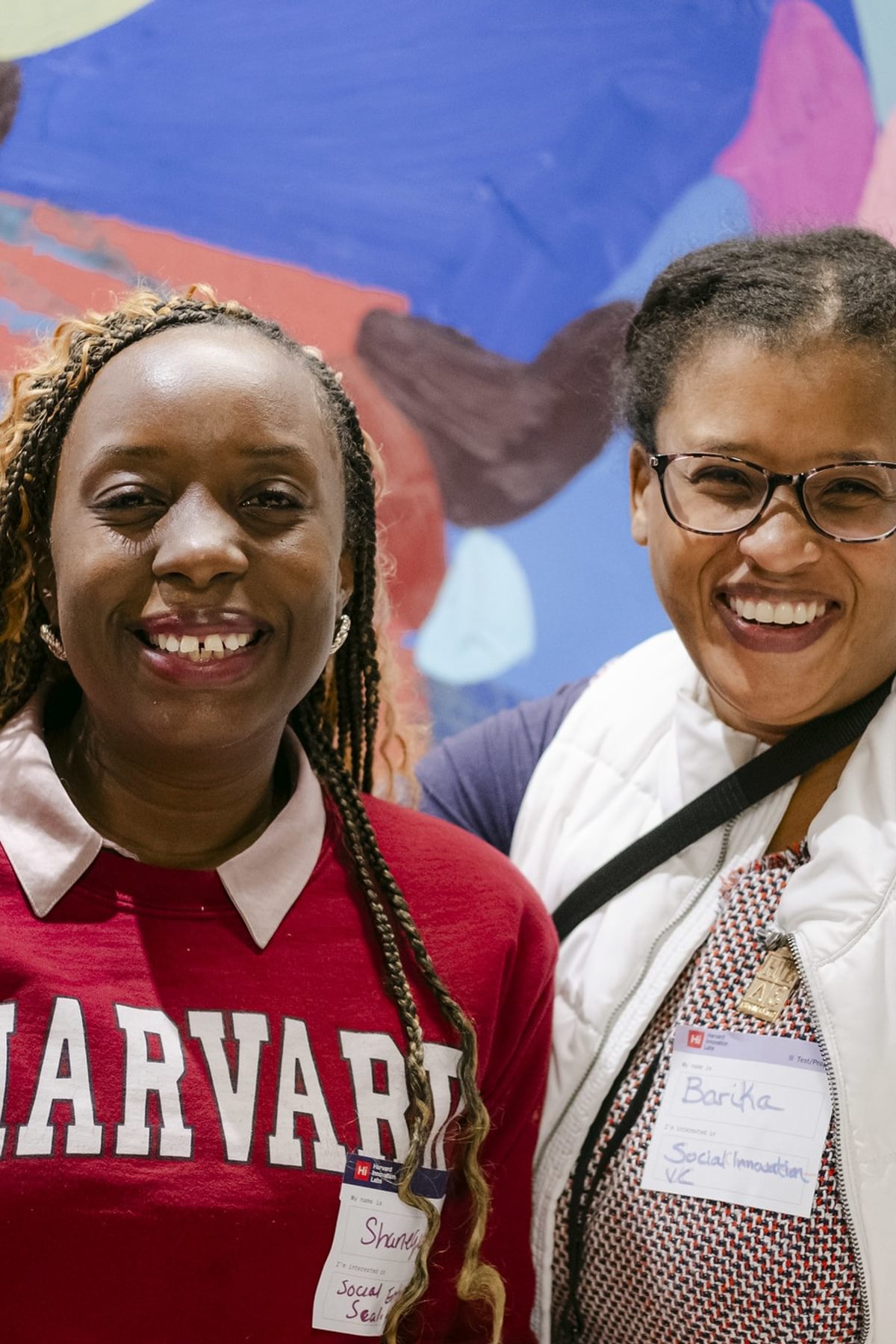Bytes for bites

The Bits + Blocks Lab is an pop-up incubator hosted by the Harvard Innovation Lab, and created by IDEO Futures to explore the future of trust, and transaction and participation. Below is my personal story of our first interactions with Bitcoin.
Bitcoin. Global buzzword, media bully.
Personally, this was all I knew before starting the Bits + Blocks Lab. And all of a sudden, the only thing standing between us and dinner, was an unfolded origami paper with a QR code printed on it.
The first task was simple: buy dinner for your group, with bitcoin. But it was so much more complex than that. How do we access the money? What is this strange symbol? What app do I need to read it? But most importantly, where do we even start?
Luckily, my team members had interacted with this foreign currency before, so they recognized that somehow, we would be able to access bitcoin from reading the QR code. But terms like “wallet,” “private key,” and “public address” were thrown around, with enough confusion to cause rapid fire Google searches, and interface wars. And it seemed like our group was not alone. The entire room echoed with gasps and sighs, shouting and silence. All for the sake of dinner.
But although we were frustrated, there was an air of excitement; because we knew that in in our hands, we were holding the future.
We knew that if we could figure out how to access the funds, and successfully use them, we were one step closer to being part of this conversation.
My group, is a wonderfully curious mash up of personalities. There is Eric, the Computer Science major, who is also a 3D printing guru and startup genius, Spencer, the Sloan Business school student who is a founder of a brilliant social enterprise startup and part of the MIT Bitcoin club, Shuya, the mechanical engineer who is part percussionist, part designer and part memory bank, and me a formally trained architect rebelling against architecture, and a self proclaimed technophile. We had the arsenal, all we needed was the key.
And our team was working hard to try to crack it. We tried everything, from scanning the code via the Circle app, to grabbing the digits from a regular QR reader to input them in. Nothing seemed to work. That is, until we figured out that this perhaps wasn’t a code to transfer, but a key. After some exponential breakthroughs, Spencer finally figured out how to access the funds, and start a transaction to transfer them to his wallet.
Money in wallet. Dinner is served.
The next step was quite interesting. Now that we had some bitcoin to spend, who actually accepted it as currency?
We turned to a few different apps and websites to see what restaurants in the area actually accepted Bitcoin. Some of the lists were outdated, and some were ambiguous. Frustrating process for a technology that was so new. But after some searching, we narrowed it down to two contenders: Thelonious Monkfish, or Veggie Galaxy.
We chose the latter.
When we finally arrived to the restaurant, our nervousness set it. We had never paid with this currency before, so all typical transaction protocols were out the window. And because of this, without hesitation, I approached the hostess and asked:
“Do you guys take Bitcoin here?”
“Um…not to sure. Is that what it says on the window? Check the window.”
Checked. Check.
After a long day, food was welcoming to all of us. From the moment we ordered, to the moment our food came, to right after we finished, we chatted about our lives, and completely forgot about Bitcoin. Things went on in their usual manner.
That is, until it was time to ask for the check.
“I’m sorry, but is it ok if we pay in bitcoin?”
Spencer apologized for needing to use bitcoin to the waitress. And he realized that seconds after he said it. What did this mean about the social stigmas surrounding Bitcoin? Did it mean we were pretentious? Odd? Hard to deal with? High maintenance?
The breaking of norms was extremely apparent.
Every single part of the transaction was unconventional. In order to pay with bitcoin, we needed to scan the code of the restaurant, and transfer funds via app. Then, a strange thing happened. The waitress brought her over her personal phone, opened an app, and let us scan the QR code to send funds, then waited for the transaction to be verified.
“Why do they make you use your phone”
“Because there isn’t currently a store-wide tablet. We really need one.”
Once the transaction was verified, we were off, and onto another day of Bitcoin exploration.
We are experiencing an entirely new type of transactional protocol. And we aren’t just experiencing it, we are inventing it.
This article was written by Chrisoula Kapelonis and originally published on IDEO Futures, and is reposted here with their permission.




